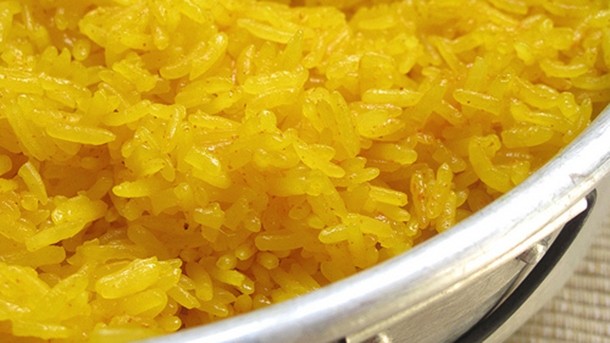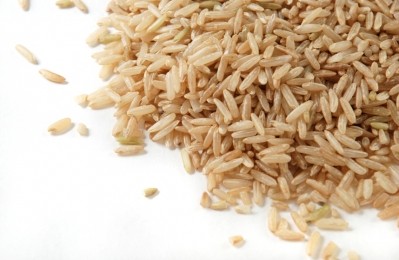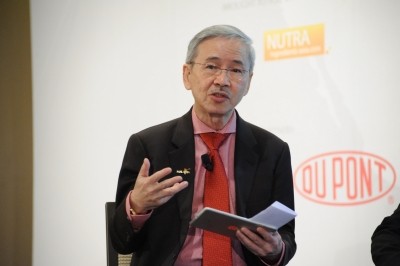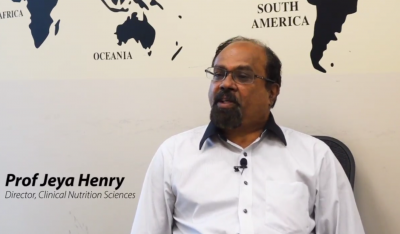Malaysia
Diabetes expert: Rice is obese Malaysia's most dangerous junk food

Speaking to FoodNavigator-Asia after figures released earlier this monthshowed that almost half of Malaysians were obese, Professor Nor Azmi Kamaruddin, president of the Malaysian Endocrine and Metabolic Society, said the nation’s love of rice was fuelling its growing health problems—not the junk food the West blames for its own epidemic.
Blame rice
“If you look at the fast food culture in the United States, you notice that obesity is increasing there; but somehow, their diabetes rate is not as high as ours.
“So we believe that the reason we have a higher diabetes rate is because of our traditional Malaysian diet that consists of rice and rice-related products,” Nor said.
His theory is backed up by several recent studies, including one conducted in 2012 by Harvard researchers that found that a regular second daily serving of white rice could increase the risk of Type 2 diabetes by 10%.
The study also revealed that those who ate the highest amounts of white rice had a 27% higher risk of diabetes than those who ate it in moderation, with the risk most pronounced in Asia, where rice is the main staple.
“When you take rice, your blood sugar goes up the same level as if you were taking sugar,” said Nor Azmi, referring to the similar glycaemic index (GI) levels both foods produce. The similarities are so great that Japan has adopted rice as its standard GI marker, rather than sugar.
Real alternatives?
But rice is not the only culprit for Malaysia’s growing obesity and diabetes rates and, like the West, the country has also been seeing a growing trend towards personal inactivity.
“This has to do with rapid industrialisation,” said Nor. “When we moved on to being a developed society, we spend our time in offices, we hardly exercise. So whatever energy that we take in is easily stored.”
To counter the combined risk of sedentary lifestyles and the overconsumption of traditional rice, Nor urged consumers to adopt a low-GI diet that involves food such as the low-carb rice, which has been developed in India by diabetologist V Mohan.
Last week, Mohan announced that his team is developing low-carb noodles and other foods, which is something food-loving Malaysians will no doubt look forward to.












